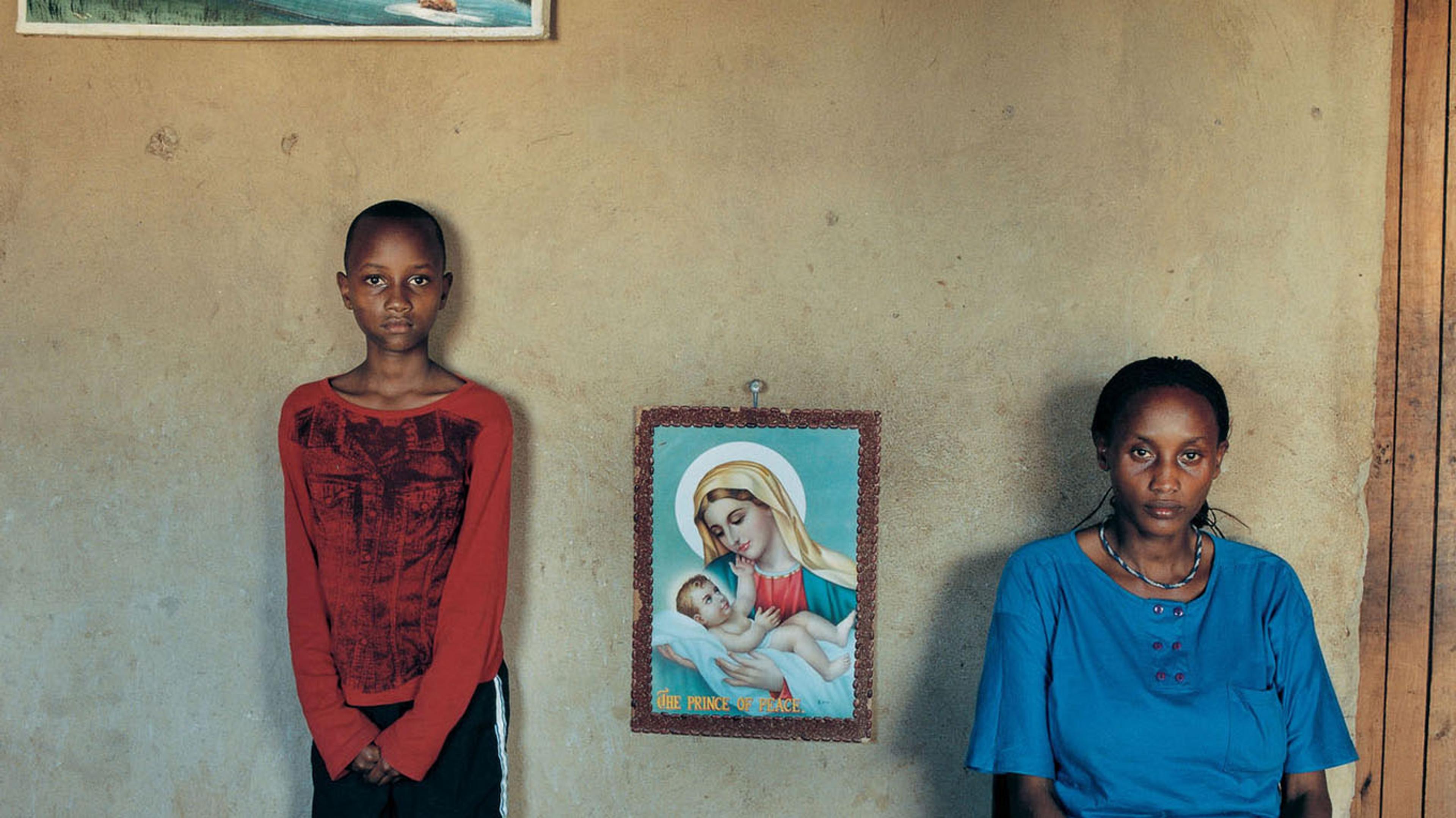Jonathan Torgovnik
Intended Consequences

In 1994, over 800 000 Tutsis (and moderate Hutus) in Rwanda were murdered at the hands of Hutu militia groups. This incomprehensible genocide is a sore in the history of humanity and the wounds are far deeper than the number of dead.
låter de kvarlevande offren berätta sin historia
Between 250 000 and 500 000 rapes were committed on Tutsi women and girls. (https://fotografiska.woo.flewid.se/exhibition/intended-consequences/) The rapes were carried out systematically as an intended weapon of war. An estimated 20 000 children were born as a result of those rapes. Photojournalist Jonathan Torgovnik gives a voice to the victims who, after having endured unfathomable torture, gave birth and raised a daughter or son conceived by rape. The exhibition is a testimony to these women, their strength, bravery, and resilience. Intended Consequences is comprised of 30 touching photographs of mothers and children as well as their testimonies.
Jonathan Torgovnik was born in Israel, and graduated with a BFA degree from the School of Visual Arts in New York, where he studied Photography and Art. His photographs from various projects and assignments have been published in numerous International publications including Newsweek, Aperture, GEO, The Sunday Times Magazine, Stern, Paris Match, and Mother Jones among others. Torgovnik has been a contract photographer for Newsweek magazine since 2005, and is on the faculty of the International Center of Photography School in New York. He is the author of two books: Bollywood Dreams (Phaidon, 2003), and Intended Consequences: Rwandan Children Born of Rape (Aperture, 2009).
Aperture, a not-for-profit organization devoted to photography and the visual arts, has organized this traveling exhibition and produced the accompanying publication.
Intended Consequences is made possible, in part, by generous support from Henry Buhl; SanDisk; Artis-Contemporary Israeli Art Fund; and the Consulate General of Israel, Office of Cultural Affairs, in New York. Additional support is provided by Amnesty International and Kodak.